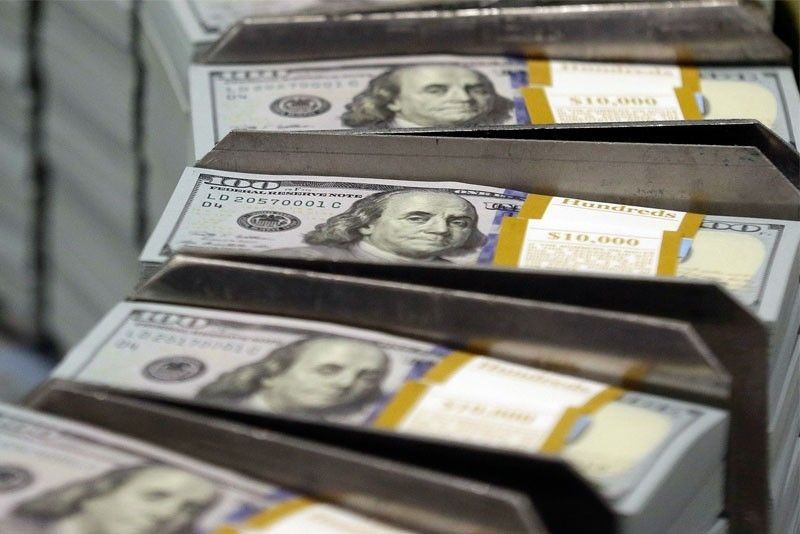Foreign currency loans up in Q3

MANILA, Philippines — Foreign currency loans extended by Philippine banks went up in the third quarter as disbursements exceeded principal repayments, BSP Governor Nestor Espenilla Jr. said.
Espenilla said outstanding loans granted by foreign currency deposit units (FCDU) of banks rose 7.3 percent to $16.1 billion as of end-September from $15 billion in end-September last year.
The level was also 2.7 percent higher than the end-June level of $15.7 billion.
FCDUs are allowed by the BSP to conduct transactions involving foreign currencies, including accepting deposits and extending loans.
The maturity mix of the loan portfolio remained biased toward medium- to long-term debt or those payable over a term of more than one year, which represented 76.7 percent of total, higher than the previous year’s 75.3 percent.
The bulk of outstanding loans went to the following resident industries: towing, tanker, trucking and forwarding with 24.5 percent, merchandise and service exporters with 19.6 percent, public utility firms with 9.5 percent, and producers/manufacturers, including oil companies with 3.7 percent.
Disbursements reached $18.1 billion as of end-September and were 24 percent higher than the end June figure.
On the other hand, loan repayments rose by nearly 16 percent, thus, resulting in overall net disbursements of $425 million.
FCDU deposit liabilities likewise increased to $38.8 billion in end-September from $37.9 billion in end-June, with 97 percent continuing to be held by residents beefing up the country’s gross international reserves (GIR).
Year-on-year, FCDU deposit liabilities decreased $280 million from the previous year’s $39.1 billion level.
The Philippines managed to beef up its foreign exchange buffer with the GIR level hitting a three-month high of $75.49 billion in end-November from $74.71 billion in October due mainly to inflows arising from the central bank’s foreign exchange operations and its income from its investments abroad.
The GIR is the sum of all foreign exchange flowing into the country. It serves as buffer to ensure that the Philippines would not run out of foreign exchange that it could use to pay for imported goods and services, or maturing obligations in case of external shocks.
The BSP uses the buffer to buy or sell dollars if it deems necessary to prevent sharp depreciation or appreciation of the peso. It has allowed the moderate and gradual depreciation of the peso against the US dollar as part of its mandate to smoothen the volatility in the foreign exchange market and to support the expanding economy.
The peso has recovered strongly and strengthened back to the 52 to $1 level but still emerged as the third worst performing currency in the region, depreciating 5.3 percent to close the year at 52.58 to $1 from 49.93 to $1 in end 2017.
The BSP expects the GIR level thinning to $80 billion this year, equivalent to 7.2 month’s worth of imports of goods and payments of services and primary income.
- Latest
- Trending


























